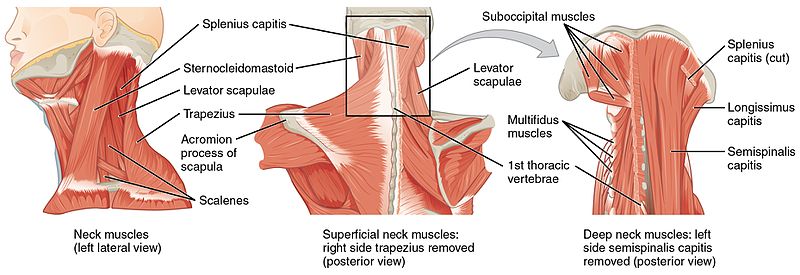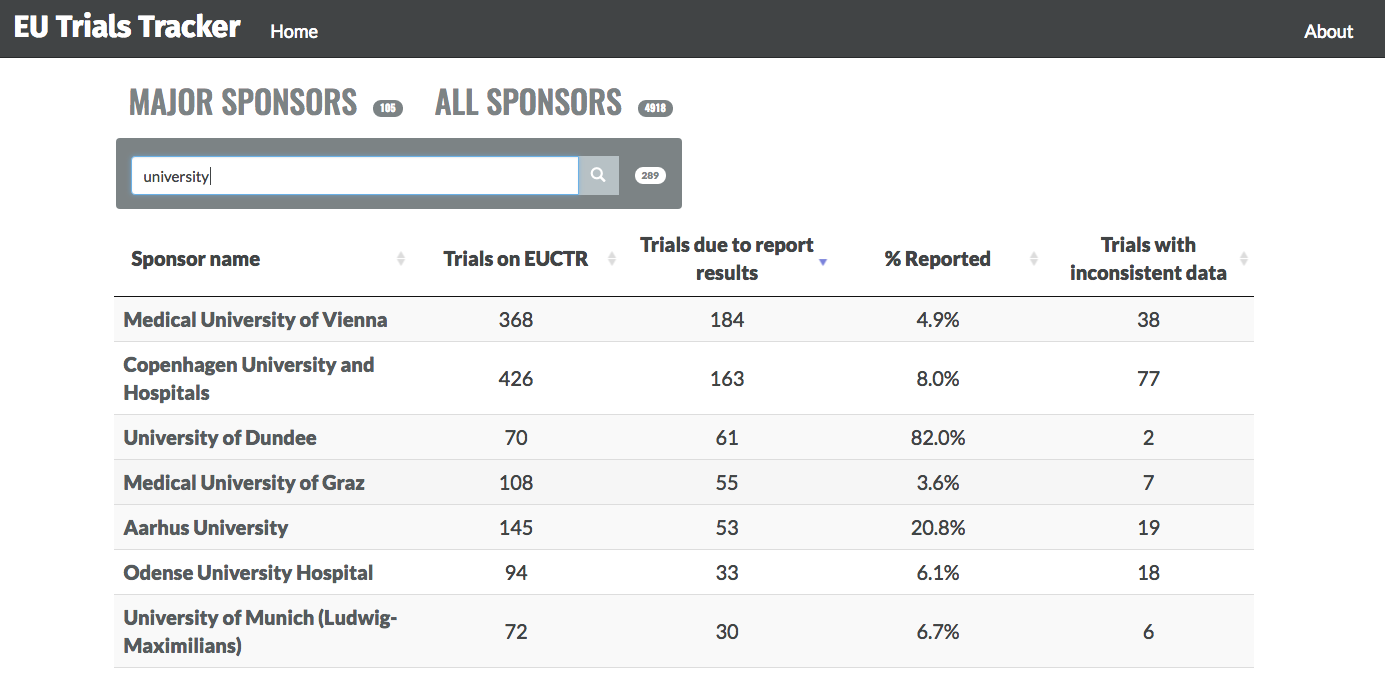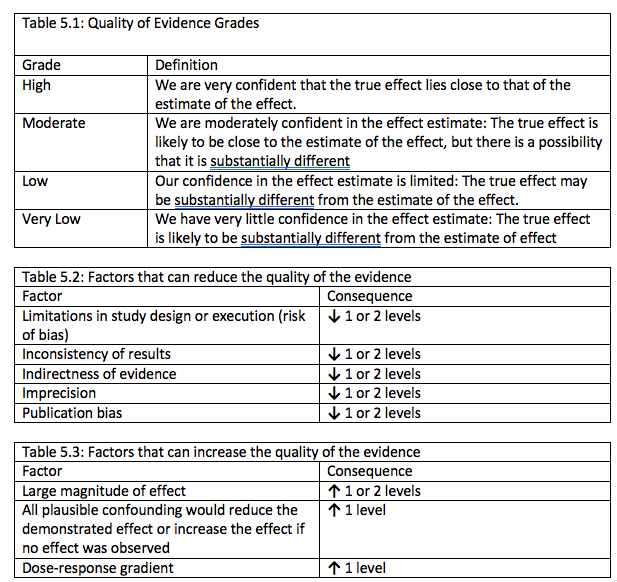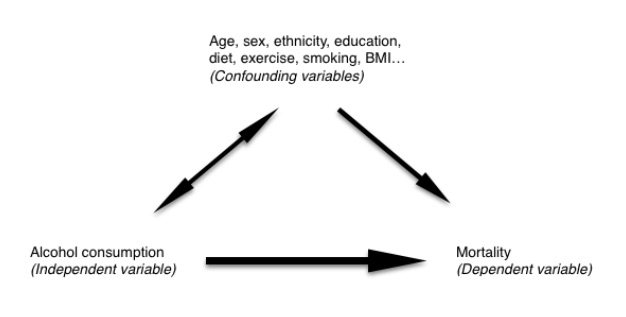This blog is a critical appraisal of the following randomized controlled trial: Effectiveness of different exercises and stretching physiotherapy on pain and movement in patellofemoral pain syndrome: a randomized controlled trial.
Background
Patellofemoral pain syndrome (PFPS) is patella pain accompanied with high load activity in knee flexion or extension, therefore it is predominately seen in sports medicine clinics (Petersen et al., 2013). PFPS is prevalent mainly in young females. Evidence supports non-surgical treatment and focusing on physical functional issues. Literature has supported and has evidence that taping, exercise programs, Non-Steroidal Anti-Inflammatory Drugs (NSAIDs) and possibly foot orthosis or patella braces are all valid interventions, but these are all short-term solutions.
What was the Study?
This study’s researchers enrolled 74 patients that met the following criteria; A pain history of more than 6 months with no previous history of Apophysitis or osteoarthritis; and they had to have positive results in the Patellofemoral Grinding test and Patellofemoral compression test.
The purpose of this study was to compare the efficacy of proprioceptive neuromuscular facilitation (PNF) combined with exercise, stretching intervention, and educational intervention at improving function and pain in PFPS patients. The participants were sorted into three groups: a control group, classic stretching group, and a PNF stretching group. The stretching intervention consisted of following a soft tissue protocol from a study published by Syme et al involving active exercises and stretching exercise for hip and knee muscles (including quadriceps, hamstrings, iliotibial band, gastrocnemius, soleus, and anterior hip structures). The active exercises within the study focused on quadriceps strengthening, but did not specify which exercises were included. The PNF stretching group followed the PNF stretching protocol which is applied to the quadriceps and hamstrings – the study included a detailed plan that was quite specific. The aerobic exercise portion was only 45 minutes conducted by a personal trainer, however there were no specific exercises stated. A control group received health education around PFPS and were advised not to follow any interventions until after the trial.
Randomisation was completed by a random number generator in blocks of eight with no stratification. The person in charge of randomisation was different to the blinded assessor in charge of eligibility. The outcome measures were Anterior knee pain scale, Visual Analog Scale (VAS) for pain, Patellofemoral compression test, Patellofemoral grinding test, Quadriceps angle, Thigh perimeter, and Knee range of motion. Baseline measures were taken and then a 4-month follow up measurement was taken from all participants.
What were the results?
The p-value was ≤ 0.001 in the intervention groups, which is smaller than the alpha value from the study that was set at 0.05, observing that the outcome measures showed an increase in pain relief and function after the two interventions. The control group was shown to have a p-value of 0.621. This shows there is a significant difference in the results from pre-to-post intervention.
To apply the therapy interventions the confidence interval (CI) needs to be considered, in this case they used a 95% CI. This is valid because it says that 95% of the time this study is done it will replicate these results.
What were the strengths and weaknesses of the study?
To evaluate a study in more depth a guideline must be used, in this critical appraisal the Centre for Evidence-based medicine (CEBM) RCT tool was followed. The study detailed all features of the PICO question – Population, Interventions, Control, and Outcome measure, some in more detail than others.
The population section had a few aspects that could be a deficiency in the study. The sample size was small (74 participants) for the prominence of this condition. This may have been avoidable if there was recruitment following the same eligibility criteria from more than one physiotherapy clinic. The groups had an equal spread of participant characteristics apart from the male to female ratio. This condition occurs mainly in young females yet there were predominately more males in all three groups.
During follow-up treatment, it is stated that 2 participants were ‘lost’, however there is no intention-to-treat analysis for missing data.
This study had a randomised allocation through a number generator and the assessor involved in eligibility was not involved in randomisation which was carried out off site. The assessor may have been blinded to the specific treatment of the participants, but the physiotherapist cannot be blinded in a clinical intervention as they must oversee the treatment. Also, the participants were not blinded for ethical reasons. Lack of bias creates a clinically accurate study.
Conclusion
The findings of the study discussed using Proprioceptive neuromuscular facilitation techniques and aerobic exercise which showed a decrease in pain and an increase in function in this intervention group vs the stretching group. There needs to be a larger scale study with more participants, particularly more female participants due to the prevalence in this group. Also, the two intervention groups were quite close so a further follow up would have helped determine more information about the different treatments specificity.
References
CEBM. (2017). Critical Appraisal tools – CEBM. [online] Available at: http://www.cebm.net/blog/2014/06/10/critical-appraisal/ [Accessed 12 Dec. 2017].
Petersen, W., Ellermann, A., Gosele-Koppenburg, A., Best, R., Rembitzki, I., Bruggemann, G. and Liebau, C. (2014). Patellofemoral Pain Syndrome. Knee Surgery, Sports Traumatology, Arthroscopy, 22(10), pp. 2264-2274.
Revelles Moyano, F., Valenza, M., Martin Martin, L., Castellote Caballero, Y., Gonzalez-Jimenez, E. and Valenza Demet, G. (2012). Effectiveness of different exercises and stretching physiotherapy on pain and movement in patellofemoral pain syndrome: a randomized controlled trial. 27(5):409-417.
Syme G, Rowe P, Martin D and Daly G. (2009) Disability in patients with chronic patellofemoral pain syndrome: a randomised controlled trial of VMO selective training versus general quadriceps strengthening.Man Ther, 14(3): 252–263.
The post Effectiveness of different exercises and stretching physiotherapy on pain and movement in Patellofemoral Pain Syndrome: A critical appraisal appeared first on Students 4 Best Evidence.



 Having come across the opportunity myself I applied thinking I would probably not be successful as I assumed it would be for young students. My own academic experience was limited and at that time only one published paper to my name entitled – Do creative arts therapies reduce substance misuse? A systematic review and the full paper is available online at
Having come across the opportunity myself I applied thinking I would probably not be successful as I assumed it would be for young students. My own academic experience was limited and at that time only one published paper to my name entitled – Do creative arts therapies reduce substance misuse? A systematic review and the full paper is available online at  The Elective interview process was interesting and seemed to be really encouraging. I was delighted to be offered a place. Not knowing what to expect I was pleasantly surprised when I turned up on the first day. A small office in Oxford with around 7 permanent staff and a further 7 or so coming and going, it was friendly and welcoming.
The Elective interview process was interesting and seemed to be really encouraging. I was delighted to be offered a place. Not knowing what to expect I was pleasantly surprised when I turned up on the first day. A small office in Oxford with around 7 permanent staff and a further 7 or so coming and going, it was friendly and welcoming.
 During the Elective time we were introduced to new skills and were able to contribute to
During the Elective time we were introduced to new skills and were able to contribute to 

 I’m glad I participated in this experience. It has added to my research knowledge on how evidence based medicine is collated and distributed. Cochrane takes an independent view and is officially an advocate of medical evidence which, through its reviews, is informing health related professionals of its findings. The task of integrating this evidence into practice remains an ongoing obstacle which they are addressing with vigour.
I’m glad I participated in this experience. It has added to my research knowledge on how evidence based medicine is collated and distributed. Cochrane takes an independent view and is officially an advocate of medical evidence which, through its reviews, is informing health related professionals of its findings. The task of integrating this evidence into practice remains an ongoing obstacle which they are addressing with vigour.




